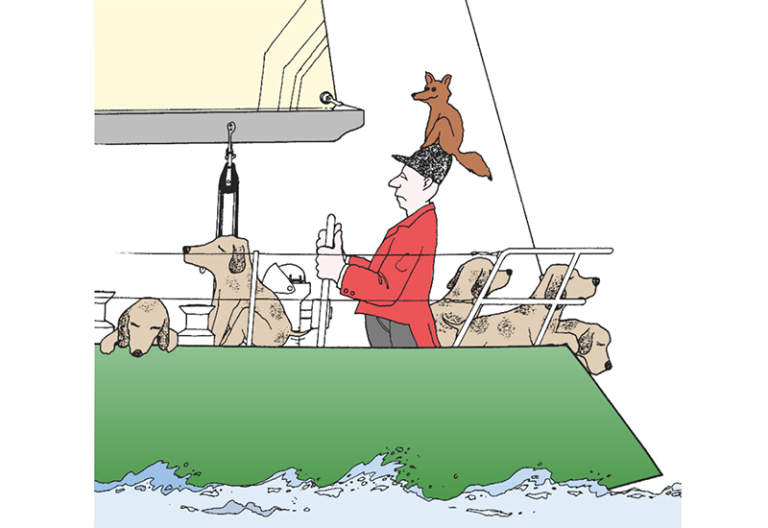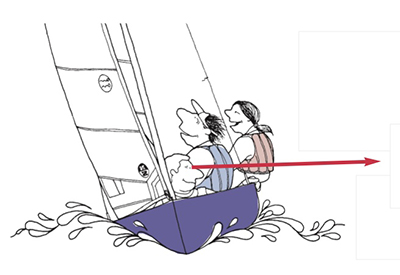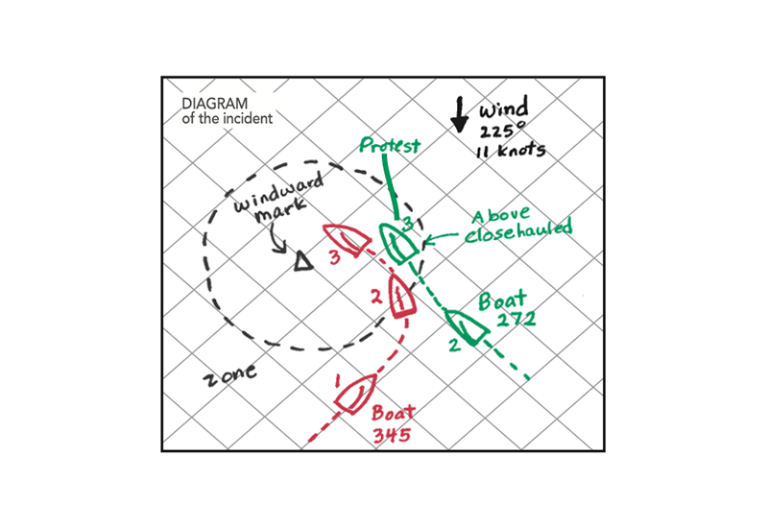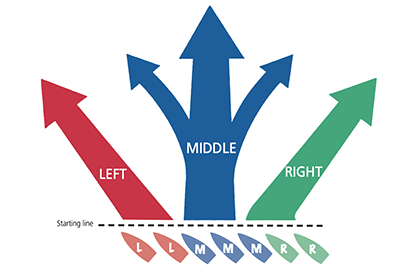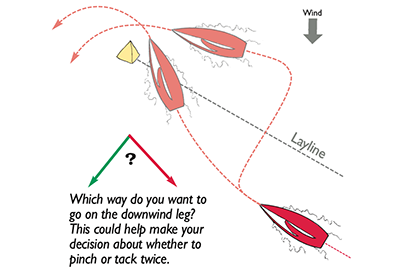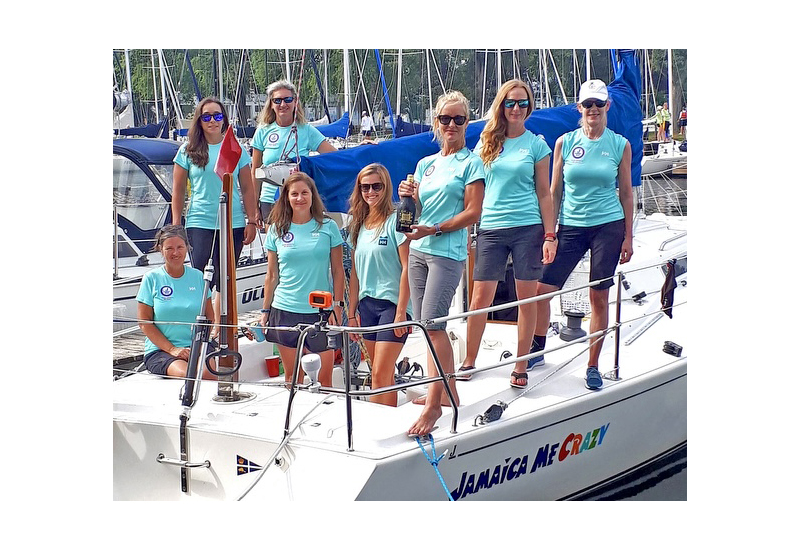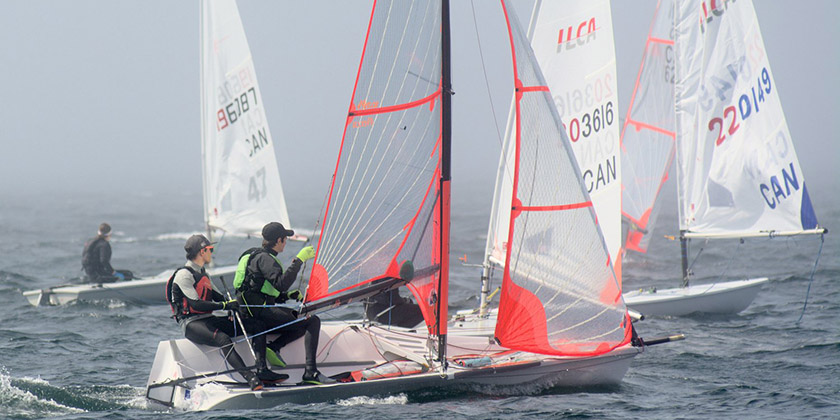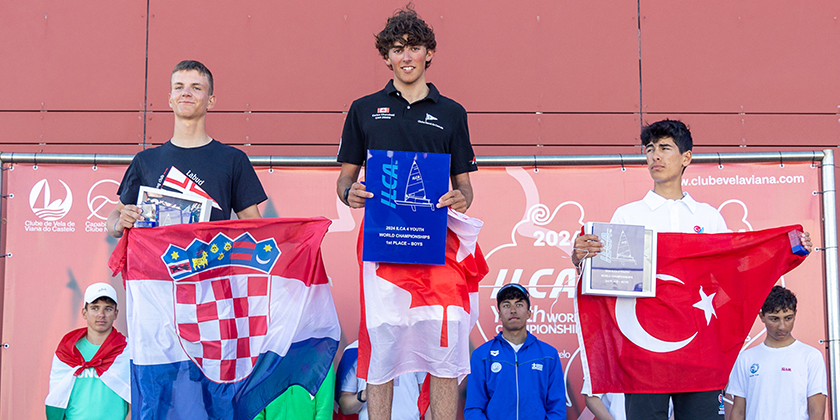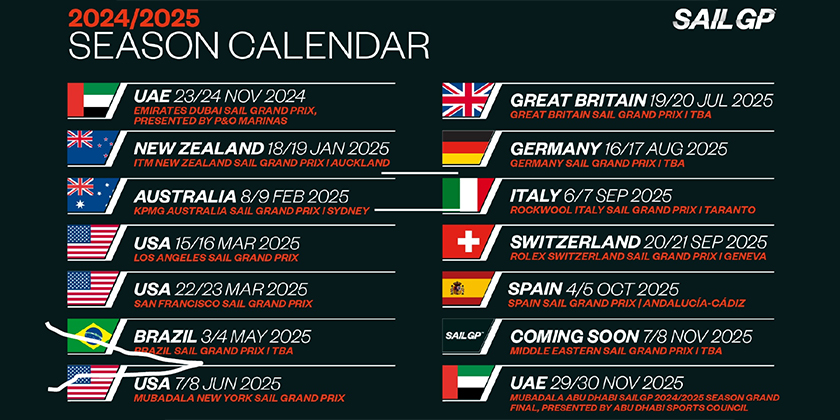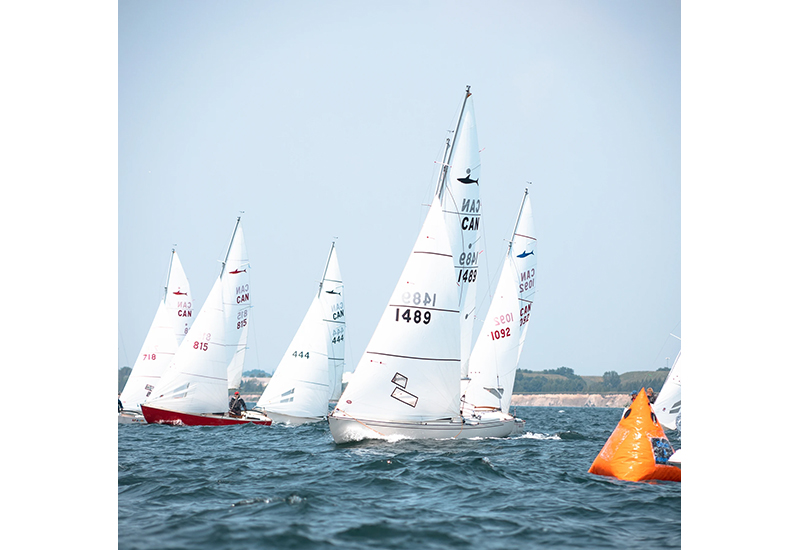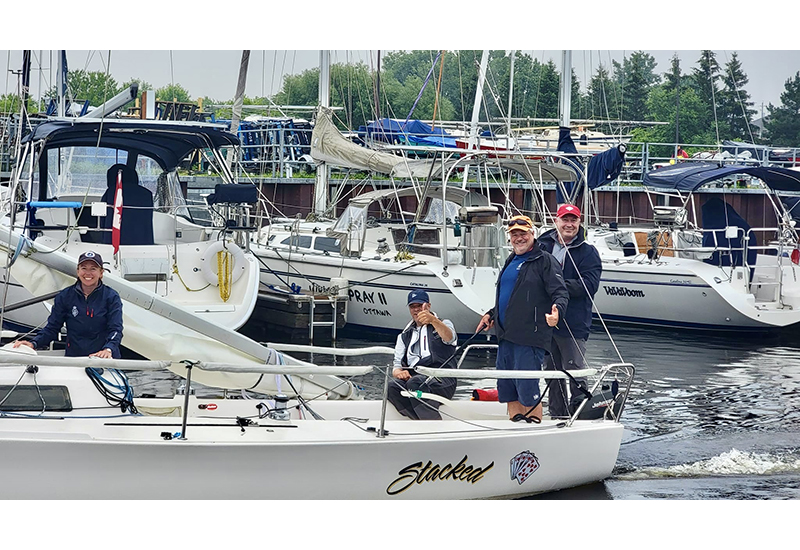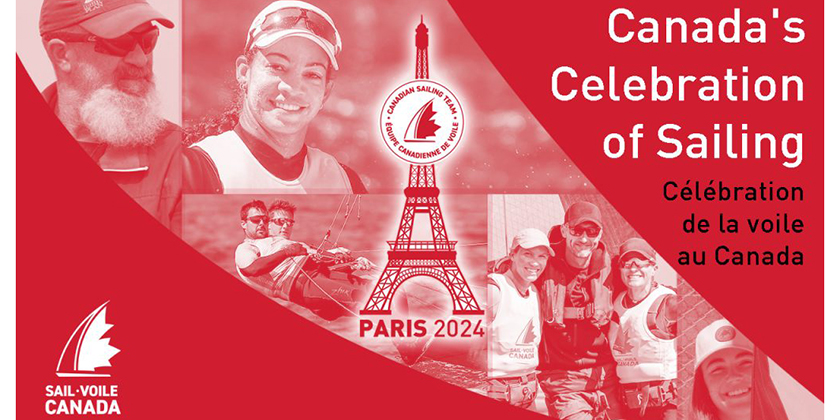Speed & Smarts: Take Control of Your Mainsail – Part 1
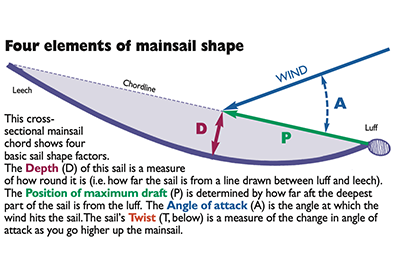
July 19, 2023
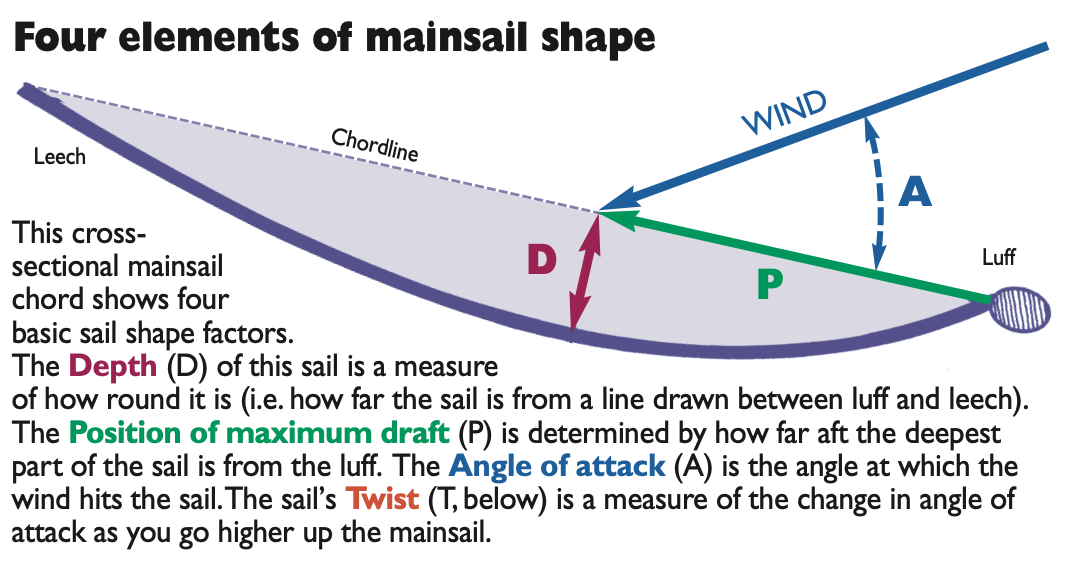
On most boats, the mainsail is easily the biggest upwind sail and therefore has a proportionally large effect on the boat’s speed and pointing performance. Because the mainsail must cover an incredible variety of wind and wave conditions, it has to be stretched and twisted into a wide range of aerodynamic shapes. Fortunately, there are quite a few sail controls to help with this.
Each of these has a large effect on the sail’s total power and performance.
Depth of the sail – The depth (also called fullness or draft) of the mainsail is essentially a measure of the sail’s roundness. A sail that is very curved is also quite deep. In general, depth produces power; a deeper sail is more powerful than a flatter one (but also has more drag).
Almost all the mainsail controls affect the depth of the sail. Pulling hard on the backstay flattens the sail, and the mainsheet does the same but less directly. The outhaul impacts fullness in the lower part of the sail, while the cunningham pulls draft out of the sail.
It’s usually good to have a full sail in lighter air or chop and a flatter sail in moderate air (for pointing) or in heavy air (to depower).
Position of maximum draft – For a mainsail, it’s normally fast to position the deepest part of the sail slightly forward of the middle (a little closer to the luff than to the leech). It’s easy to do this with the cunningham; more tension moves the draft forward while less tension moves it aft. Whenever you pull harder on the mainsheet or backstay, the draft moves aft, so compensate with cunningham tension.
Angle of attack – By varying the angle between the mainsail’s chordline and the wind, the mainsail affects the boat’s balance and directional control, much like the flaps on a plane wing. Trimming the mainsheet initially brings the main in and changes the angle of attack,
but the traveler ultimately controls the angle of attack while sailing upwind. A wider angle of attack produces more power (and drag).
Twist – Twist is the difference in angle of attack as you go from the bottom to the top of the main- sail. Every sail has at least some twist – the ideal amount varies by wind, waves, and other conditions.
The two sail controls that have by far the largest impact on main- sail twist are the mainsheet and vang (which exists primarily to reduce twist). Both pull down on the boom, which affects leech tension and therefore twist. In general, less twist produces more power.
Mainsail Sail Controls
There are many ways to fine-tune the shape of your mainsail. By using all of these controls in concert, you can constantly tweak the sail to maintain optimal shape in changing conditions.
The purpose of having sail controls is so you can change the shape of the mainsail to match the existing wind and wave conditions. On most boats, one all-purpose main has to morph from a deep light-air shape (left) to a flat shape for heavier wind (right). The addition of draft stripes on this sail makes it easier for sailors onboard to see the overall depth and the position of maximum draft.
Backstay
Bends the mast and thereby affects depth and draft position in the main (as well as headstay sag and depth and draft position in the jib).
Boom vang
Pulls down on the boom and puts more tension on the leech of the main, which reduces twist, bends the mast and flattens the sail. Depending on how the vang is rigged, it may also impact headstay tension and lower mast bend.
Outhaul
Controls tension along
the foot of the sail which affects the amount of draft in the lower third of the main and the amount of ‘return’ (windward ‘hook’) in the lower part of the leech and the lower batten.
Mainsheet
Pulls the boom down and in, which affects mast bend, twist, sail depth and draft position.
Traveler
Controls the athwartships position of the boom and thereby the angle of attack of the entire sail.
Next time: the most critical control: the mainsheet
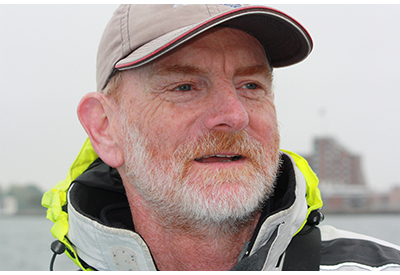
Dave Dellenbaugh is the publisher, editor and author of Speed & Smarts, the racing newsletter. He was the tactician and starting helmsman on America3 during her successful defense of the America’s Cup in 1992 and sailed in three other America’s Cup campaigns from 1986 to 2007. David is also two-time winner of the Canada’s Cup, a Lightning world champion, two-time Congressional Cup winner, seven-time Thistle national champion, three-time Prince of Wales U.S. match racing champion and past winner of the U.S. Team Racing Championship for the Hinman Trophy. He is currently a member of the US Sailing Racing Rules Committee (and was its chairman from 2005-2008).
You can subscribe to the Speed & Smarts newsletter HERE.

